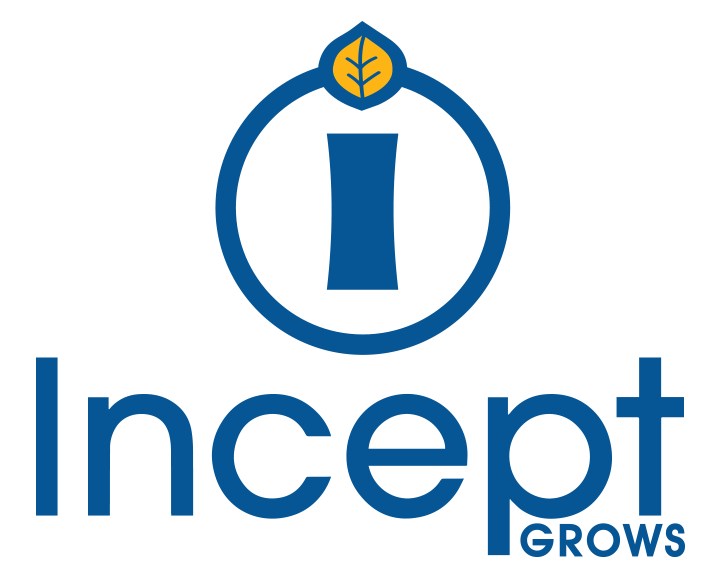When To Engage A Lead Generation Partner
In the intricate world of lead generation, timing is everything. It's not just about finding potential customers; it's about engaging them at the right moment to maximize success. The decision of when to bring in a lead generation partner is pivotal, often best done during the strategy and design phase. This allows for crucial adjustments to be made to the value proposition, guarantees, or offers, optimizing outreach effectiveness. While it may seem counterintuitive to involve a partner early on, even if immediate deployment isn't planned, the long-term benefits are undeniable.
Finding the optimal timing
The best time to engage a lead generation partner is typically as the strategy and design is being created. The reason that's critical is it allows for potential adjustments to the value proposition, guarantees, or offers that can enhance outreach effectiveness. The biggest benefit to working with an outreach partner is to bring them in at the beginning, even if you don't intend to use them for three months down the road.
To ask the question differently, “what happens if the lead generation partner gets brought in when we really need sales?”
The key to long-term success
More often than not, outbound lead generation is going to have a much longer sales cycle and be a slower or a lower average order value than an inbound sales cycle, because you are identifying people with needs, not just responding to those that have already identified they have a problem.
People that you're introducing yourself to are just not in as much of a position to buy as those who have already raised their hand. What we tend to see by coming to a lead generation partner at the last minute, is that people end up being a little bit desperate and try to develop relationships that close fast instead of solving the customer problems.
So, for some customers, we do see 3, 6, 12-month sales cycles. While this duration may exceed the average, it's crucial for sustained success. If maintaining momentum until closures become consistent seems challenging, considering a smaller, more manageable increment or waiting for an opportune time may be a prudent approach.
Related Post: The Vital Role of Continuous Lead Generation Across the Sales Funnel
Conclusion
Timing, as they say, is of the essence, particularly in the realm of lead generation. Bringing in a partner at the eleventh hour, when sales are urgently needed, can often lead to rushed relationships and missed opportunities. The reality is that outbound lead generation typically entails a longer sales cycle, requiring patience and strategic planning. While it may be tempting to rush the process, focusing on solving customer problems and maintaining a sustained momentum can yield more fruitful results in the long run. Whether it's a 3, 6, or even 12-month sales cycle, patience and strategic timing are key to achieving sustained success in lead generation endeavors.
